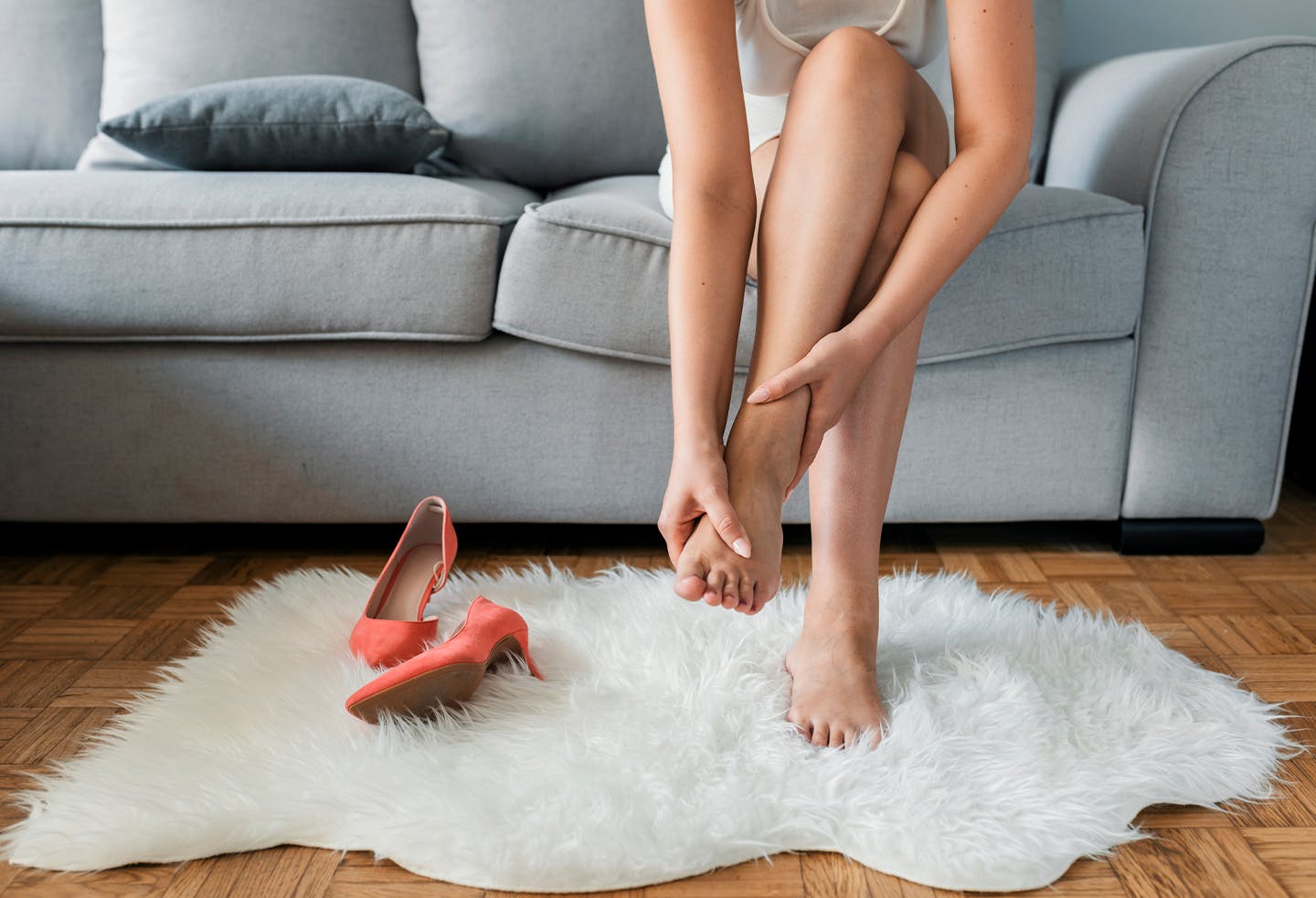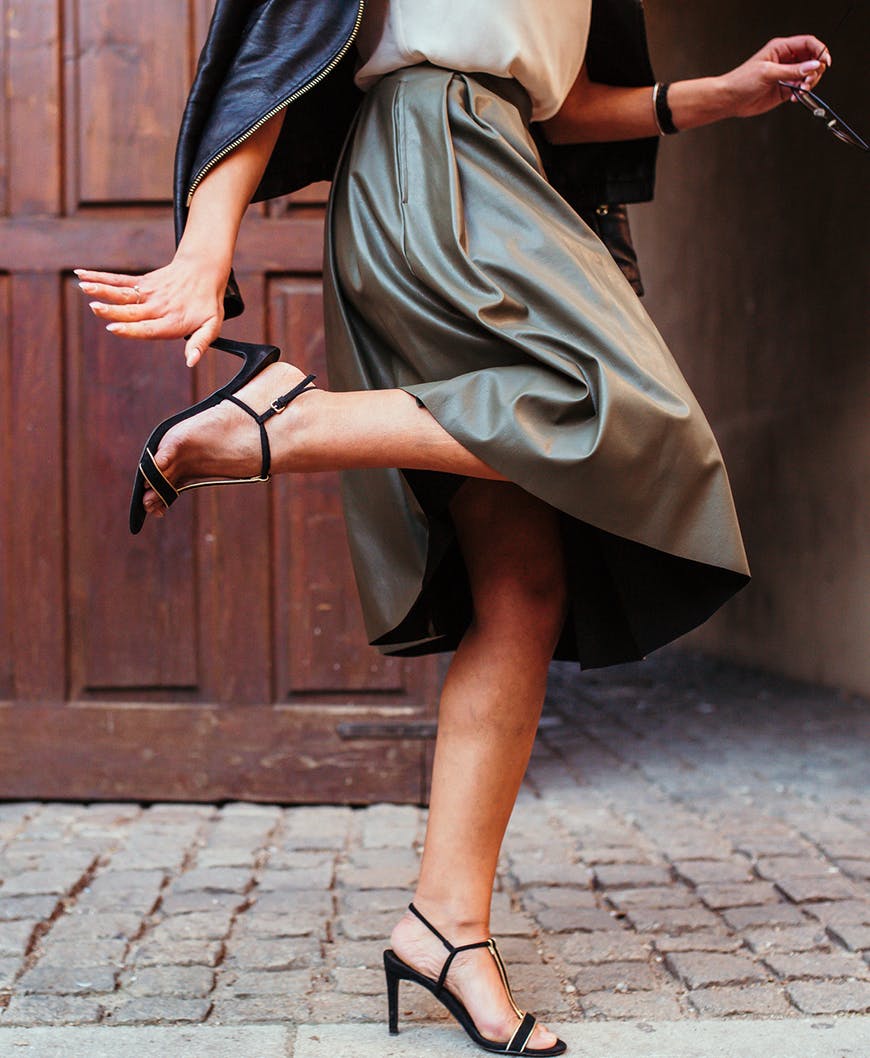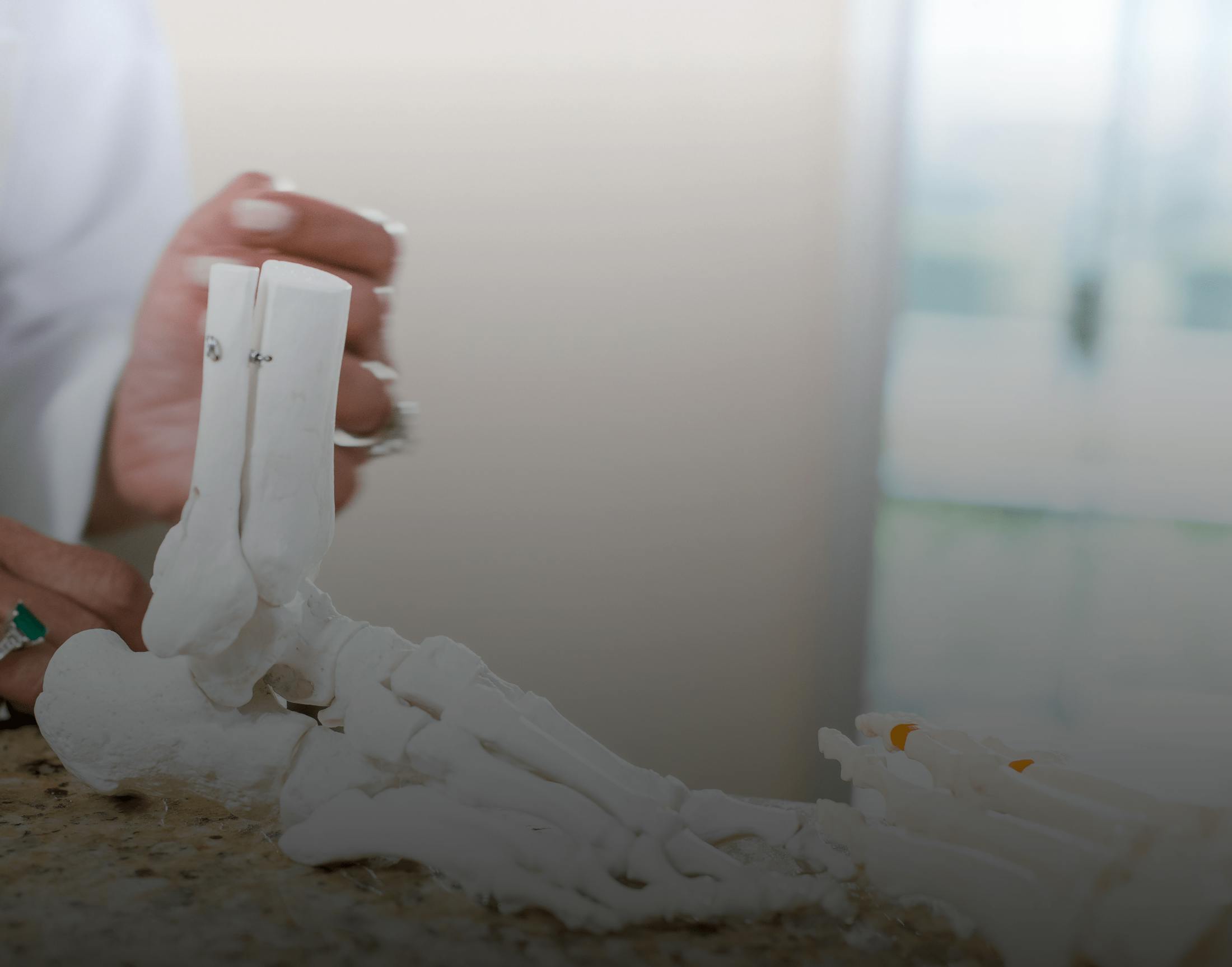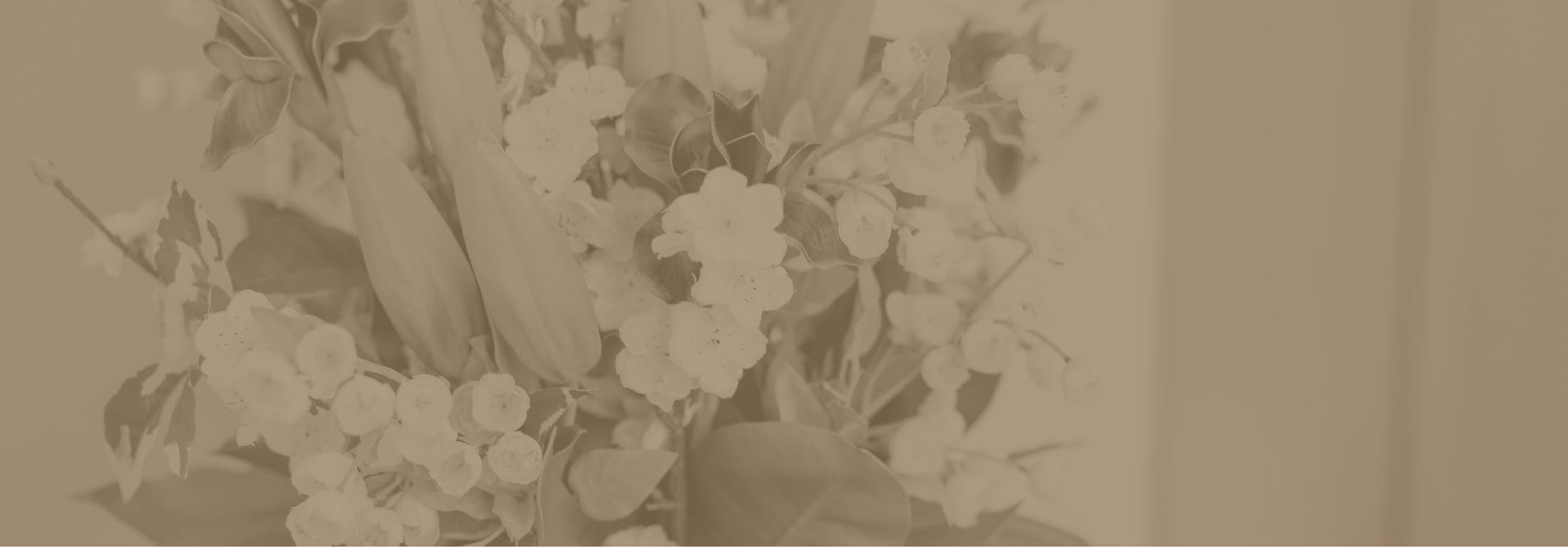Corns and calluses are layers of skin that have become thick and hardened as a reaction to friction, pressure, and other forms of wear.
Causes of Corns and Calluses
The simplest root cause of all calluses and corns is a combination of regular pressure and friction. This means that simply walking around can lead to the development of either. Specific sources of the added force which tends to cause serious calluses and corns include:
- Shoes: When shoes are too tight or too loose, it can lead to significant friction on the feet. Shoes that are too tight will rub against the edges of your toes and other surfaces, while loose shoes will allow your feet to slide and generate friction along a number of surfaces.
- Bunions: If you already have a bunion (a bony bump at the base of your big toe), it will be prone to rubbing against your shoe.
- Socks: Going without socks significantly increases the amount of friction the skin on your feet experiences.
- Hammertoe: The hammertoe deformity (in which the toe bends significantly) can lead to rubbing on the tip of the toe or on the joint against the roof of your shoe.
- Bone spurs: Any bone spurs you may have on your feet or ankles can lead to friction against your shoes, leading to the formation of calluses or corns.
- Other abnormalities: Essentially any bone or skin abnormality on your feet should receive special attention, as they can lead to the formation of calluses and corns if not cared for properly.







